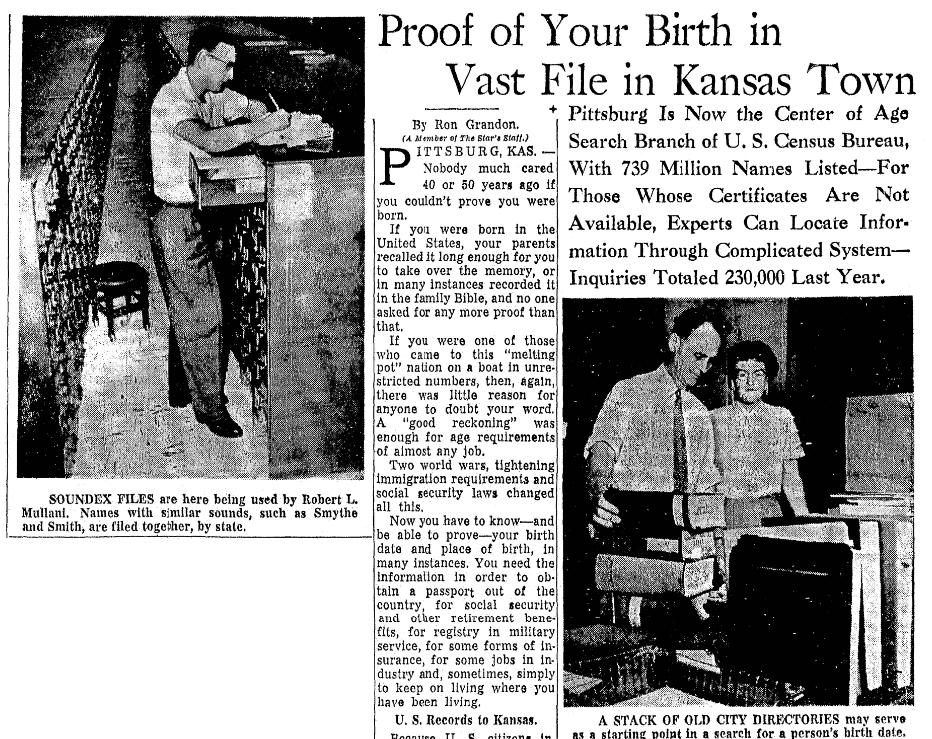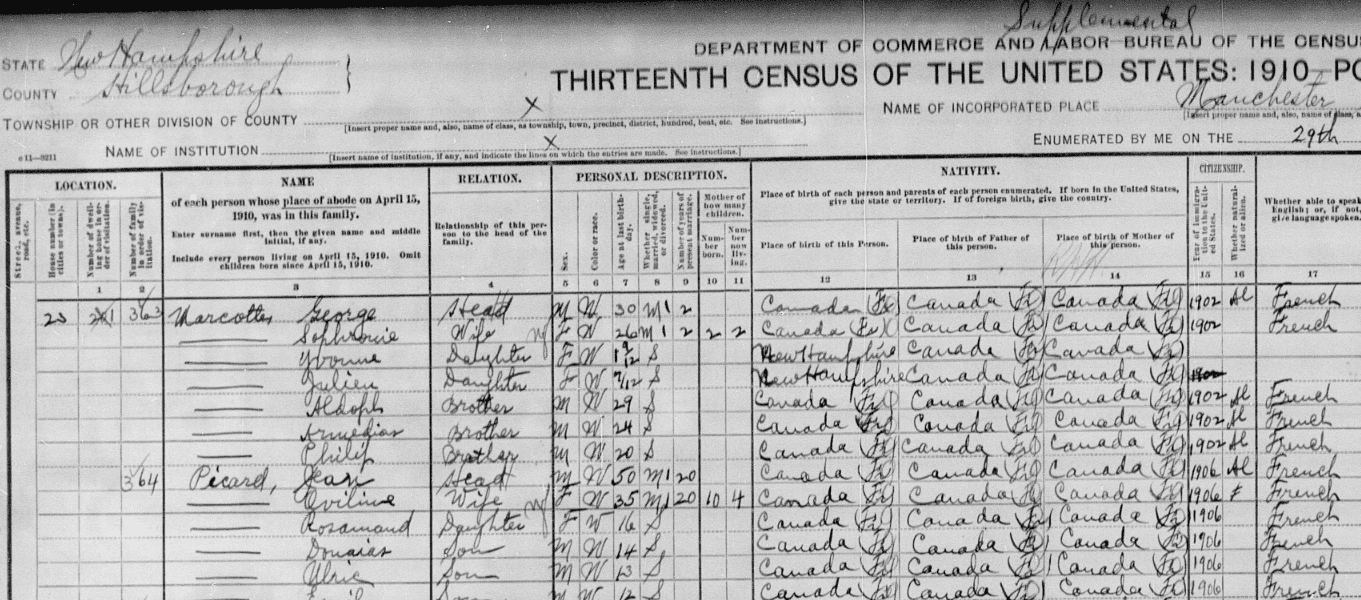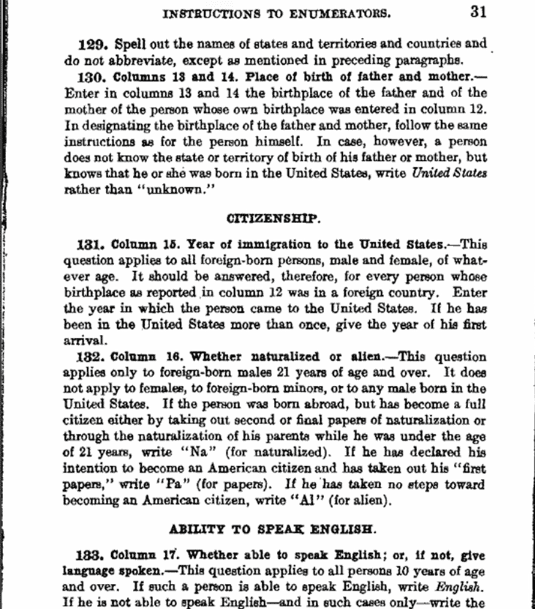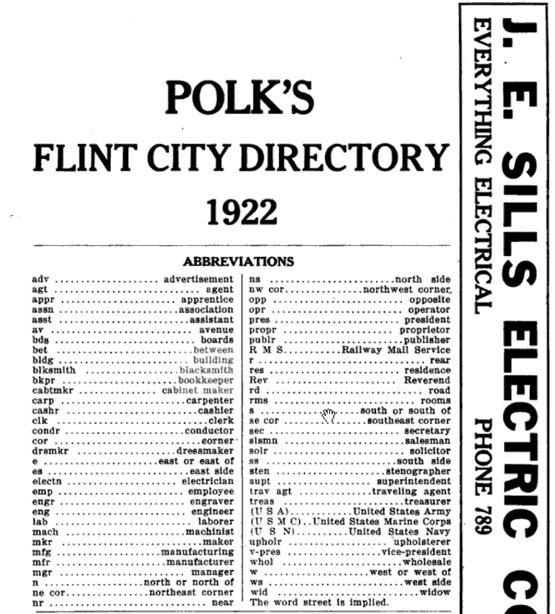Introduction: In this article – part of an ongoing “Introduction to Genealogy” series – Gena Philibert-Ortega describes some of the “codes” genealogists use, such as Soundex, abbreviations, acronyms, and jargon. Gena is a genealogist and author of the book “From the Family Kitchen.”
Every pursuit has its own language. Have you ever been with a group of co-workers whose discussion included acronyms, slang, and words you had no context for? Their discussion may have been difficult, at best, to follow. Genealogy is no different, and we researchers have our own language that includes “codes” or abbreviations and acronyms that provide a quick way to get a point across. In addition, we also have “codes” that are important for finding genealogical information.
Soundex
“Soundex is a phonetic index that groups together names that sound alike but are spelled differently.” (1) For genealogists, the Soundex in the world of pre-Internet/pre-digitized images was the way that we found ancestors in the 1880-1930 censuses. The Soundex can still be used as a search tool on some subscription websites.
Of course, the Soundex wasn’t invented for genealogists – far from it. It was originally a way for census bureau workers to find information quicker when requests from individuals become overwhelming in the early 20th century. Proving your age for things like receiving Social Security benefits was important, and those who were born pre-1900s didn’t always have a birth certificate because there was no nationwide requirement for vital record registration. One way to prove your age was to provide information from a census return.

We benefit from the ease of searching the census today via websites like GenealogyBank’s US census records. These websites allow us to find what we need quicker than when we had to rely on the Soundex and then the census microfilm. But knowing how the Soundex worked can assist us as we think about tactics for finding ancestors. You can read more about the Soundex Indexing System for the census on the National Archives website.
Census
Na, Pa, Al. The census, like any record, has its abbreviations. In general, abbreviations save room and time and each document or entity has their own abbreviations. New abbreviations are used as more information is collected on the census.

How do you learn what that abbreviation is? Consult the census enumerator instructions. You can find the historical census enumerator instructions on the Census Bureau website. Page 31 of the instructions for the 1910 Federal Census states that in the citizenship column: Na means “naturalized”; if the person has taken out their first papers for naturalization then the enumerator was to mark Pa for “papers”; and Al indicated that the person was an “alien” and had not taken steps to become a citizen.

City Directories
For city directories, page space is money. The more space that an entry takes means more paper – which means more pages and more cost. So, abbreviations are a must. When you search a city directory, you’ll notice all kinds of abbreviations having to do with an address (nw cor for northwest corner), to an occupation (sten for stenographer), to a relationship (wid for widow). And to save even more space, for some directories like the one shown below, the word “street” is assumed (saving the publisher even more space). Typically, before the alphabetical list of names, you can find a key for those abbreviations. You can also take a look for a table of contents entry for an abbreviations page.

There are other places online to find city directory abbreviations, including this one from the Millborn (New Jersey) Free Public Library.
Don’t make an assumption about what an abbreviation means without looking first. Abbreviations may change from company to company. A different time period or place could mean a different meaning than what you are used to. So, always make sure you understand what the abbreviation is before proceeding.
Genealogy Lingo
I’ve written before about some of the genealogy jargon we use, in the article Genealogy 101: The Language of Genealogy (Words & Acronyms). For example, think about genealogically related groups whose acronyms are DAR, SAR, GAR, WRC, and SUVCW. And then there are acronyms that have to do with records, like BMDs, or a library such as the FHL. And probably the worst offender is when someone adds an acronym to their family tree like LNU. (2)
Once again, it’s important to not assume everyone knows what you’re talking about. I may know what DUP is but that doesn’t mean that others know. You can in some cases Google the acronym and see what you find, but know that most of these acronyms have multiple meanings that cover everything from groups and organizations to phrases.
You can find various genealogy abbreviations lists such as this one on Rhode Island US GenWeb, or the FamilySearch Research Wiki articles Abbreviations Found in Genealogy Records and Acronyms and Abbreviations. Cyndi’s List includes a page of links to abbreviations that are found in family history.
What Genealogy Codes Have You Found?
These are just a few examples of the genealogy “codes” we come across during our research. What are examples you’ve come across? Any that still perplex you? Tell us about them in the comments section below.
________________
(1) “Soundex,” FamilySearch Research Wiki (https://www.familysearch.org/wiki/en/Soundex: accessed 10 December 2019).
(2) DAR = Daughters of the American Revolution; SAR = Sons of the American Resolution; GAR = Grand Army of the Republic; WRC = Women’s Relief Corps; SUVCW = Sons of Union Veterans of the Civil War; BMD = Birth, Marriage and Death; FHL = Family History Library (Salt Lake City, Utah); LNU = Last Name Unknown.
